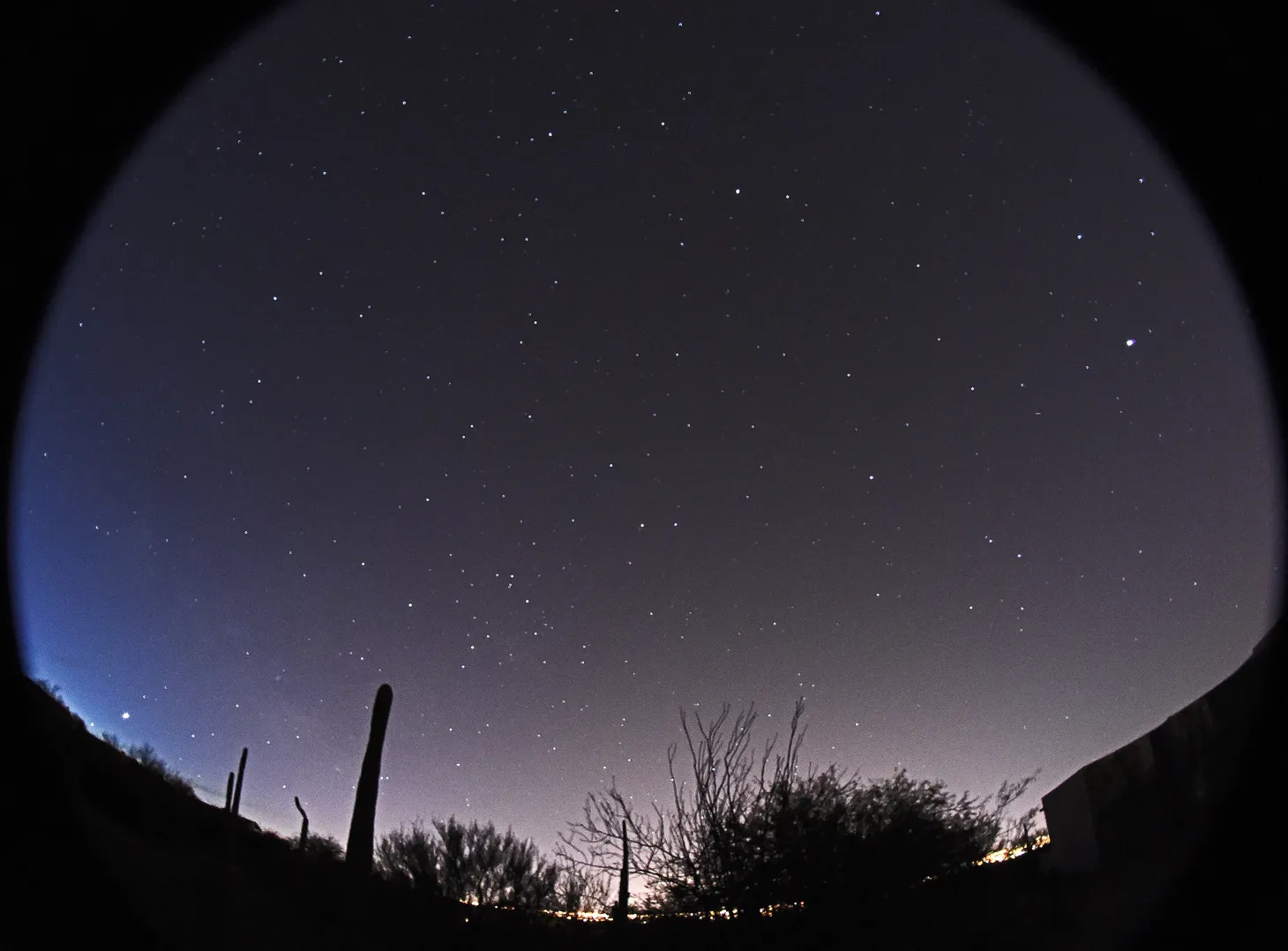When The Moon Comes Home
One of the greatest benefits of looking up at the Moon everyday is that it gives us something physical in our environments to track. A reference point for the movement of time, outside of our own heads and bodies.
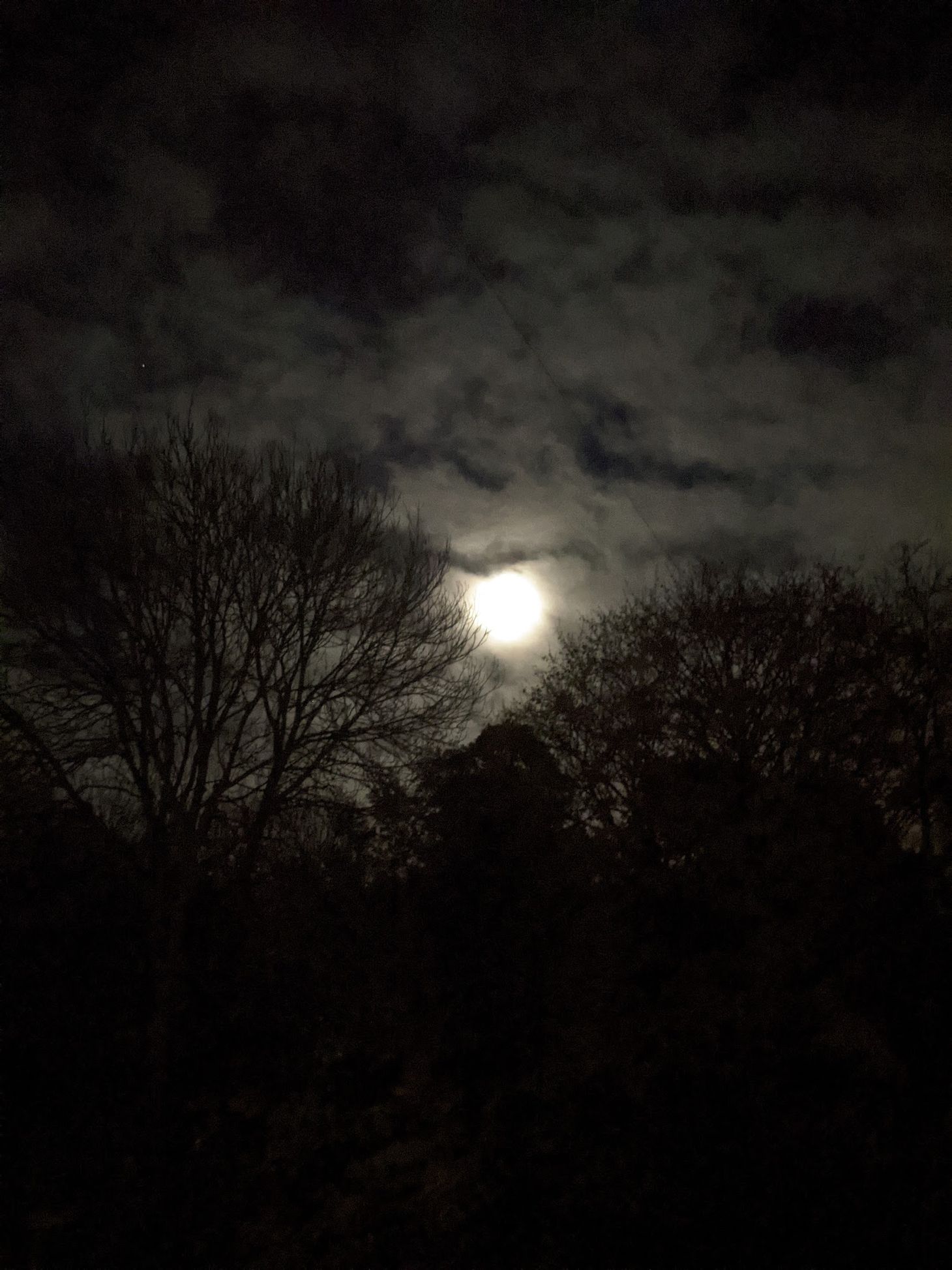
It's Menka here with another Just Looking Letter, all about slowing down to notice more of this sliver of space-time we call our lives.
This week I have for you the Moon, paper mâché, artificial intelligence and an invitation for you to become a supporter of this project.
Oh, and since I last wrote, my new podcast was launched! It's called Digital Habit Lab and it explores how to be more intentional in our use of technology. If you listen, I'd truly love to hear your thoughts.
About tracking the Moon
Until about forty years ago, we didn't really know where the Moon came from. The Moon is too similar to the Earth to be a random object that got caught in our orbit, and too dissimilar to be a chunk of the Earth that simply broke off. So how do we explain it? The current, widely accepted theory is that the Earth collided with another planet (about the size of Mars) and the debris from this collected in our orbit, eventually sticking together to form the Moon.
We're in the depths of winter here in England, our nights far longer than our days. One of the upsides of this is more time with the Moon. It's a beautiful sight. But I also like to remember that it's astonishing just to see it at all. After all, moonlight is a stream of photons that are coming all the way from the sun. In what the writer Robin Sloane describes as an "unbroken line of light"...
"The key, for me, is the unbroken line of light...the astonishment is: that these photons erupted out of the sun, leapt across the solar system, bounced off those moons—those worlds—then crossed the chasm back to Earth and caromed between two mirrors to strike some cells waiting in the back of my eyeball. A direct link; a silver thread. And, just as astonishing: there are enough photons for all of us. We can all look up and receive our allotment..."
- Robin Sloane in one of his newsletters
I love how he calms our competitive instincts when he reminds us that there are "enough photons for all of us". It's not one of those things we need to fight over. The Moon remains a common sight, in the true sense of the term.
One of the greatest benefits of looking up at the Moon everyday is that it gives us something physical in our environments to track. It has a different shape, light, and position in the sky every night, giving us a reference point for the movement of time, outside of our own heads and bodies. It's a mindfulness of Moon thing.
The photo at the top of this email was taken last week by my toddler son, who was excited that "the Moon has come to my home today!" It was looming larger and brighter than usual right above our heads as we stepped outside. And we tend to do that most evenings after dinner, step out, just to remind ourselves that while it might be bright indoors, it is actually Moontime out there.
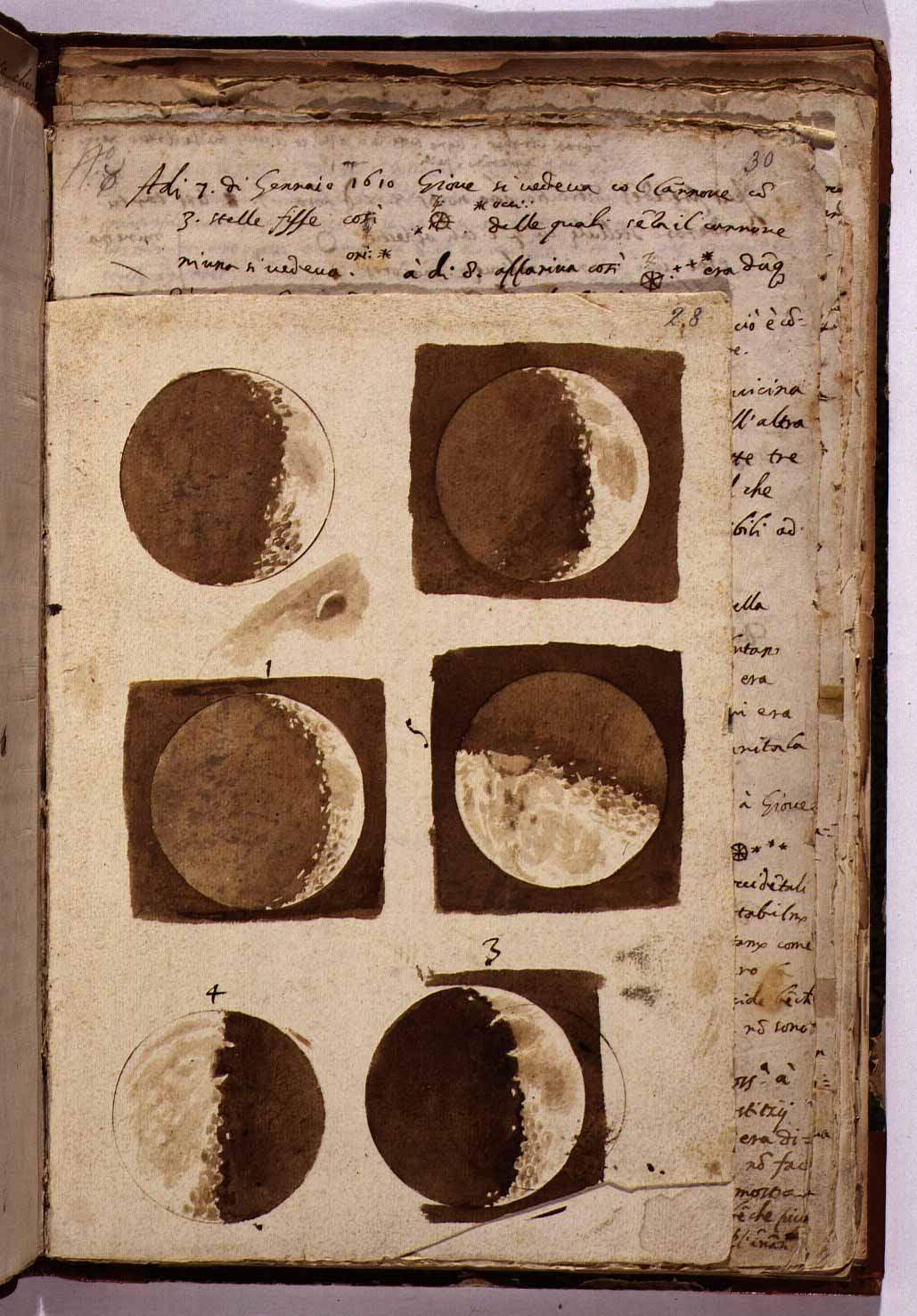
Looking Exercise
Noticing the Moon
Take a moment to look up at the Moon tonight. Notice the hue of the light - is it more white-ish or yellow-ish? Or would you use some different words to describe the colour? Notice the position the Moon occupies in the sky. Do you remember seeing it in that place before? Is it higher or lower than yesterday? Notice if it is obscured by clouds (or "trying to hide" as my son would say), or has it found its own confidently clear patch tonight? Notice how those photons travelling all the way from the Sun, now find themselves bending and bouncing inside your eyes. Notice the power of that so-called moonlight, bright enough for billions of people to see it at the same time. In fact, some of them may be looking up, with you, right now. How effortlessly this unbroken thread of light connects the Sun to the Moon and to all of us.
Make a photo, if you like.
If you give this a go, I'd love to see your side of the Moon. Especially if you live in the Southern Hemisphere, as you see it flipped the other way around from me. You can reply to this email, or share it with the wider community on Instagram using #wearejustlooking.
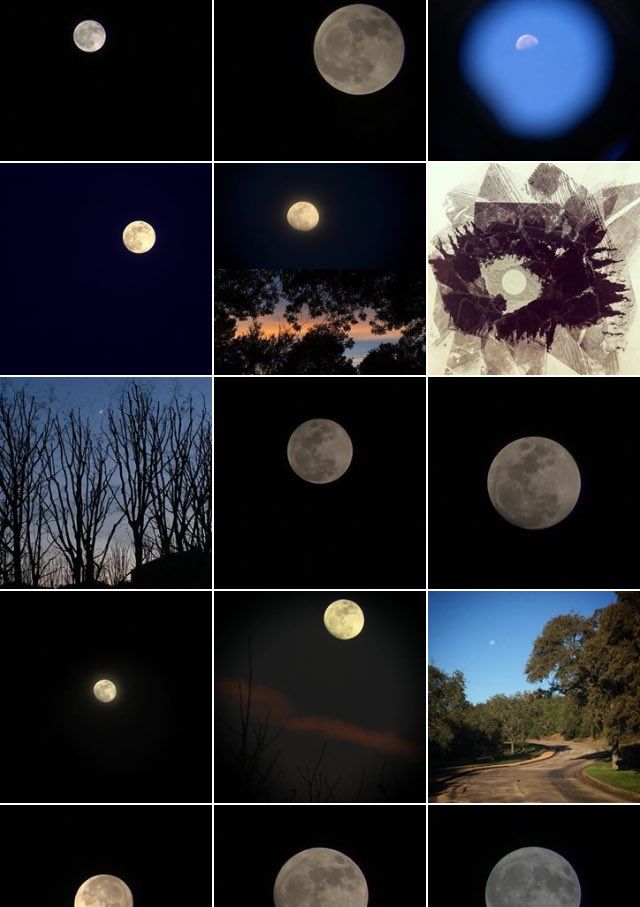
Links about Looking
Importance of Stories [Read]
Towards the end of this in-depth New Yorker feature about Yuval Noah Harari, he shares that “One thing I think about how humans work—the only thing that can replace one story is another story.”
Everyday Objects, in Paper Mâché [See]
There's something so endearing and inspiring about how mundane these objects are. To think that the artist spent hours studying these everyday items, in order to recreate them. What an exercise in close looking!
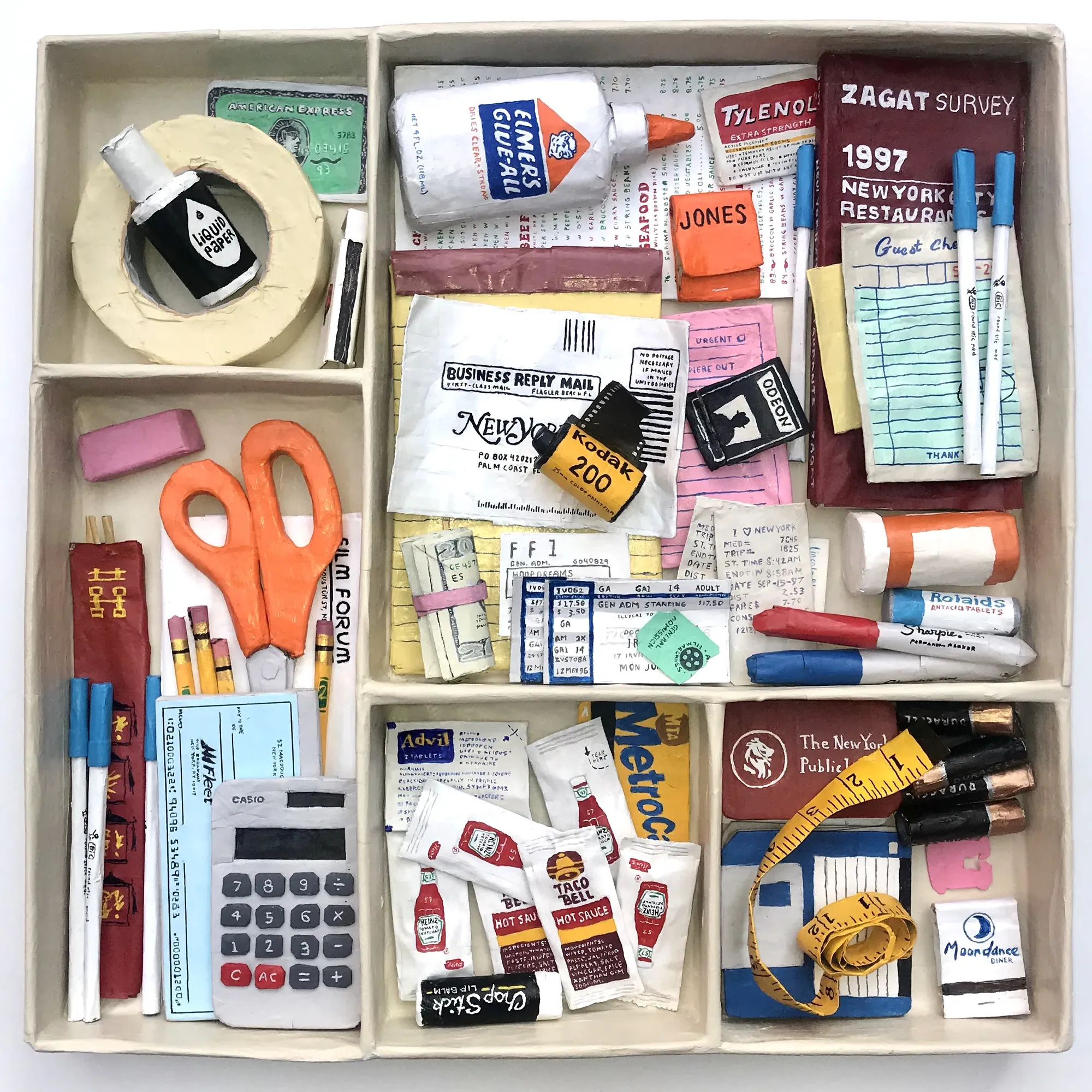
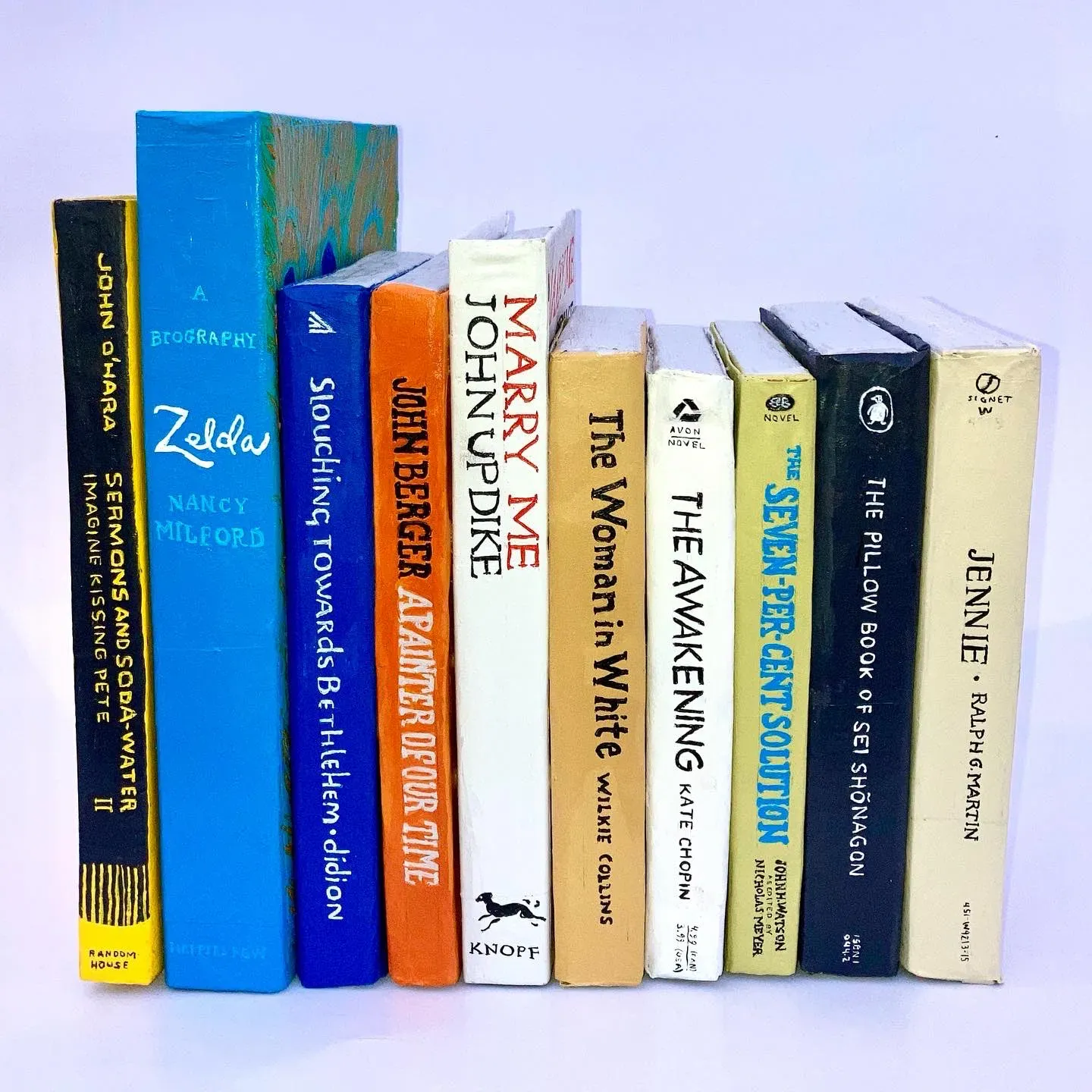
The First Extreme Close Up in a Film [Watch]
There's a YouTube channel I visit sometimes called "Everything has its first time". It has a collection of the first time things have been recorded in the media world. The first sneeze in a film, first 360 photo, first song composed by AI... enjoy!
The Most Human Human [Book]
What makes AI human-like? Which begs the question, what makes humans, human-like? In this playful and profound book, I loved learning about the annual Turing competition in which judges try to figure out whether they are messaging with a computer chatbot, or an actual human being! (Thanks to fellow human Chris Duffy for the recommendation.)
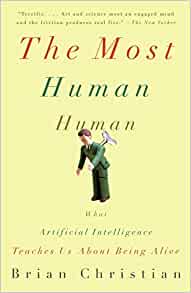
Timelapse Meditation [Watch, 6min]
One of my go-to breaks from work is to make a cup of tea and settle down with a timelapse. There are many to choose from online, but here is a good one, to save you time (and distraction!) searching. The footage is over a few weeks in Castelluccio di Norcia, one of the highest settlements in the Apennines, Italy.
Become a Supporter of Just Looking
Did you know you can become a paying supporter of this project? Unlikely, as I put the option up on the website a few months ago, hidden away in a tab, and sheepishly left it unannounced. Amazingly, two people found it and signed up anyway (Thanks, Lash and J!). What a wonderful and motivating feeling, I noticed. So here it is, officially: an invitation.
If you click on that link, you'll see there are no real "perks" to becoming a supporter, except an invite to an annual meet to help shape the agenda at Just Looking (should I run another mindful photography challenge next year? What about making a deck of prompt cards to take on walks?). Like a Board Meeting, I suppose. In other words, the reason to sign up is really just to back me in getting more of this work out into the world! I love giving time to this project, but the more support I have, the more interesting things I can make and offer.
But please know this is entirely optional. This newsletter is and will always remain free - a gift to myself and others. I appreciate your presence in this community, and your "support" arrives in many shapes!
As always, do feel free to hit reply with your thoughts. I'll write again in a few weeks. In the meantime, enjoy your Moontime.
Yours in curiosity,
Menka
For more:
Just Looking Website
Just Looking Instagram

Noticing – Our Newsletter
Join our newsletter community for monthly inspiration to slow down and stay curious about everyday life and what matters most to you.



